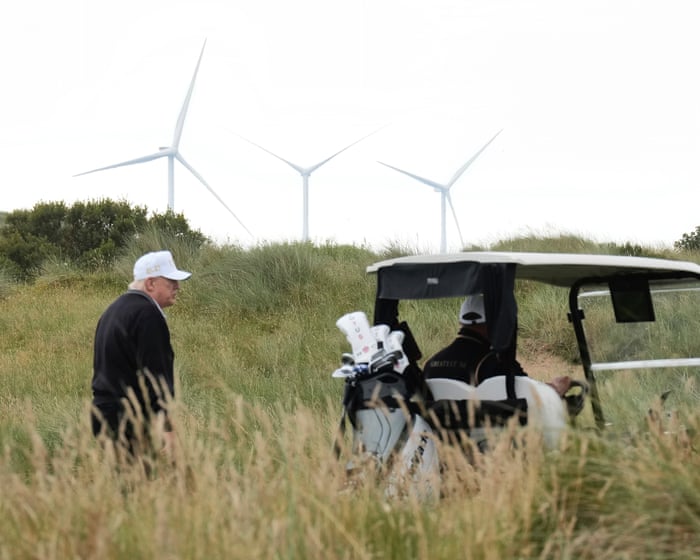Some of what Donald Trump says has merit—not everything is outrageous or self-serving. When he took office, one of his first moves was striking: he took aim at what he saw as the decline of American architecture. He insisted that federal buildings should reflect civic pride, honoring regional and classical styles to enhance public spaces and embody the dignity of the nation. Every design had to be approved by Washington.
There was something almost obsessive about this level of control, but it wasn’t baseless. American classicism, inspired by France’s republican ideals, flourished in the 19th century. The White House itself was modeled after a Dublin mansion. Recently, it was announced that the White House will finally get the grand ballroom it has always lacked—a classical space for hosting foreign dignitaries, with no attempt at forced modernity. In a country obsessed with relentless progress, Trump’s push to revive traditional and European styles was refreshing.
His aesthetic concerns extended beyond buildings. After leaving Scotland this week, Trump was still fuming over the wind turbines looming over his golf courses in Turnberry and Aberdeen. At Turnberry, eight turbines stand on a nearby hill, impossible to ignore. He has called them “ugly as hell,” “monstrosities,” and a threat to Scotland’s tourism, claiming they’re noisy and dangerous.
Turnberry has cost him millions since he bought it, but his love for golf and his Scottish roots keep him invested. The course boasts a stunning view of Ailsa Craig, an island framed by an old lighthouse—a vista now marred by the turbines.
While much of Trump’s rhetoric about wind power—like claims it kills birds or drives whales mad—is exaggerated, there’s no denying that around 4,000 turbines now clutter Scotland’s coastal waters. No Scottish politician seems to care about their visual impact; the priority is proximity to the grid—in other words, profit. The result is a loss of the wild beauty that once defined Scotland’s islands.
Trump may be wrong to dismiss renewable energy’s value, and some of his turbine criticisms are unfounded. But he’s right to question where and how they’re placed. He argues that in the U.S., they ruin landscapes—valleys, plains, and scenic vistas—and he’s not wrong. In California, turbines are installed with little regard for their visual effect.
The truth is, I can’t think of a single British minister today who would consider scenic beauty in policy decisions, whether on energy, planning, or transport. A generation ago, few would have protested ugly petrol stations in the countryside—now abandoned eyesores. Today, no one but Trump dares complain about turbines. After being pushed offshore during Cameron’s government, they’re now returning onshore, lured by Ed Miliband’s generous subsidies.
Miliband would let wind farms ruin Brontë country. Yes, we need net zero—but at what cost?
This spring, Trump made another bold move: he announced plans to overhaul New York’s dismal Penn Station, demolished in 1963. During his first term, Justin Shubow, head of the Commission of Fine Arts, proposed rebuilding it in the neoclassical style of its original design—once considered America’s finest railway terminus.Up the road stands the majestic Grand Central Station. In April, Trump appointed Amtrak, the federal rail operator, to revive Shubow’s project at a cost of $7.5 billion. The station’s grandeur will be restored thanks to a president keen to showcase stylistic flair in America’s public sector. Take that, Liverpool Street—and step aside, Euston.
Of course, there’s only so much Trump can achieve in four years. Much of his presidency is psychodrama and performance. He increasingly resembles Teddy Roosevelt after 1900—another president who pushed the boundaries of executive power, dominated the daily news cycle, and yet showed genuine concern for America’s natural landscapes, its forests and deserts, and the federal government’s role in protecting them.
Today, displaying aesthetic sensitivity is often seen as a political weakness. Mention art, conservation, or natural beauty to someone like Keir Starmer, and you’ll be dismissed as a NIMBY.
Where Trump ultimately leads America and the West may well be unsettling—and it’s impossible to predict. But it’s refreshing to have a leader unafraid to speak about beauty and ugliness, willing to debate style, and bold enough to call out an eyesore when he sees one.
—Simon Jenkins, The Guardian columnist
Have a view on this article?
To share your thoughts (in 300 words or fewer) for possible publication in our letters section, click here to email us.




